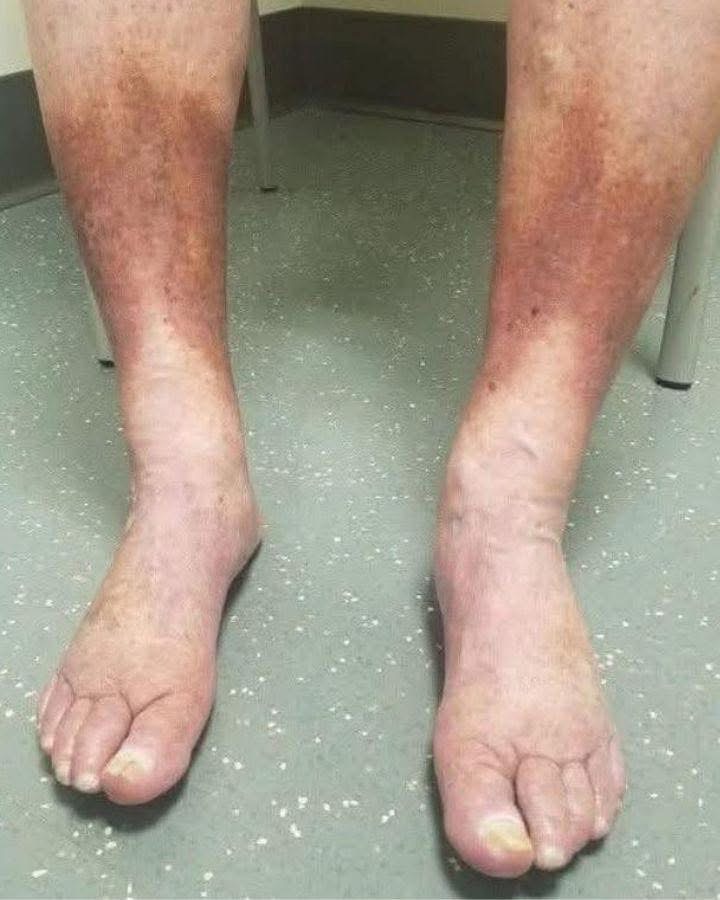If your legs often feel heavy, swollen, or show signs of varicose veins, nature may have just the remedy you need: aloe vera. Long valued in traditional medicine, the gel from aloe vera leaves is packed with natural compounds that fight inflammation, boost circulation, and soothe discomfort—all without relying on synthetic ingredients.
Why Aloe Vera Works:
Reduces inflammation in blood vessels, easing swelling and pain.
Stimulates blood flow, helping to prevent stagnation that can worsen vein problems
Soothes and hydrates tired, burning legs.
Rich in vitamins A, C, and E, it supports skin repair and improves elasticity.
What You’ll Need:
1 large, fresh aloe vera leaf
(Optional) A few drops of olive oil or peppermint essential oil for added moisture and a cooling effect
How to Use It:
1. Slice open the aloe leaf and scoop out the gel.
2. Blend the gel until smooth for easier application.
3. Apply the gel generously to your legs, concentrating on areas with visible veins or discomfort.
4. Use upward, circular motions to help boost circulation as you massage it in.
5. Leave the gel on for 30 to 60 minutes, or overnight for deeper relief, then rinse off.
6. Repeat daily, particularly in the evening when your legs are most fatigued.
What You May Notice:
Legs feel lighter and less tense
Reduced swelling and burning sensations
A slow but steady diminishing of visible veins
Smoother, more nourished skin
So, what should we look out for?
He told the Express about how the feet could w:ar:n you about two serious conditions, but your socks and shoes could be hiding important information.
He shared: “We need to keep an eye on our foot health, including our toenails, because it can impact on our overall health and be a sign of [serious] health issues.”
javascript:’
’As the blood vessels that supply the toes are small, it’s easy for them to get clogged up.
This can lead to cold, painful, swollen, or even numb feet.
It’s not just your skin to be aware of, but also your toenails.
We know, try not to cringe.
“Thickening and brittleness of toenails may also occur with heart disease.”, he said.
What is peripheral arterial disease?
According to The NHS, peripheral arterial disease (PAD), also known as peripheral vascular disease, is what happens when fatty deposits in the arteries restrict blood supply to your leg muscles.
The NHS site says: “Many people with PAD have no symptoms. However, some develop a painful ache in their legs when they walk, which usually disappears after a few minutes’ rest. The medical term for this is ‘intermittent claudication’.
“The pain can range from mild to severe, and usually goes away after a few minutes when you rest your legs. Both legs are often affected at the same time, although the pain may be worse in one leg.”

Leave a Reply